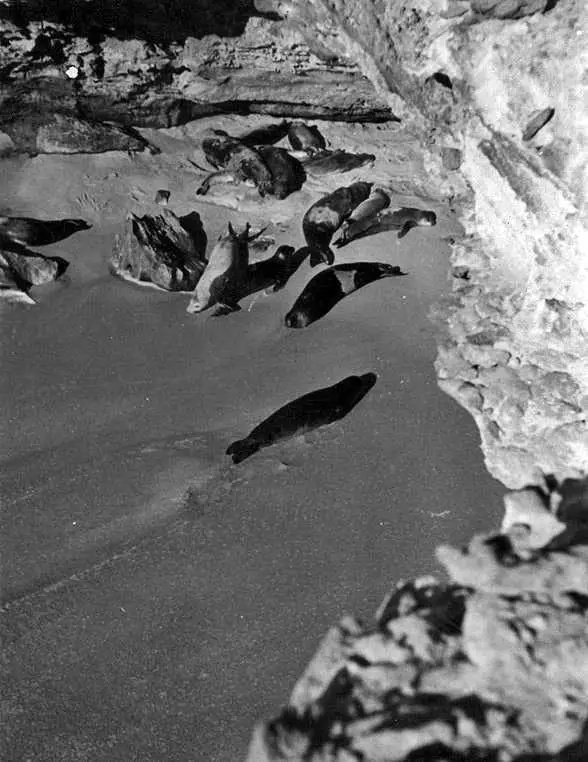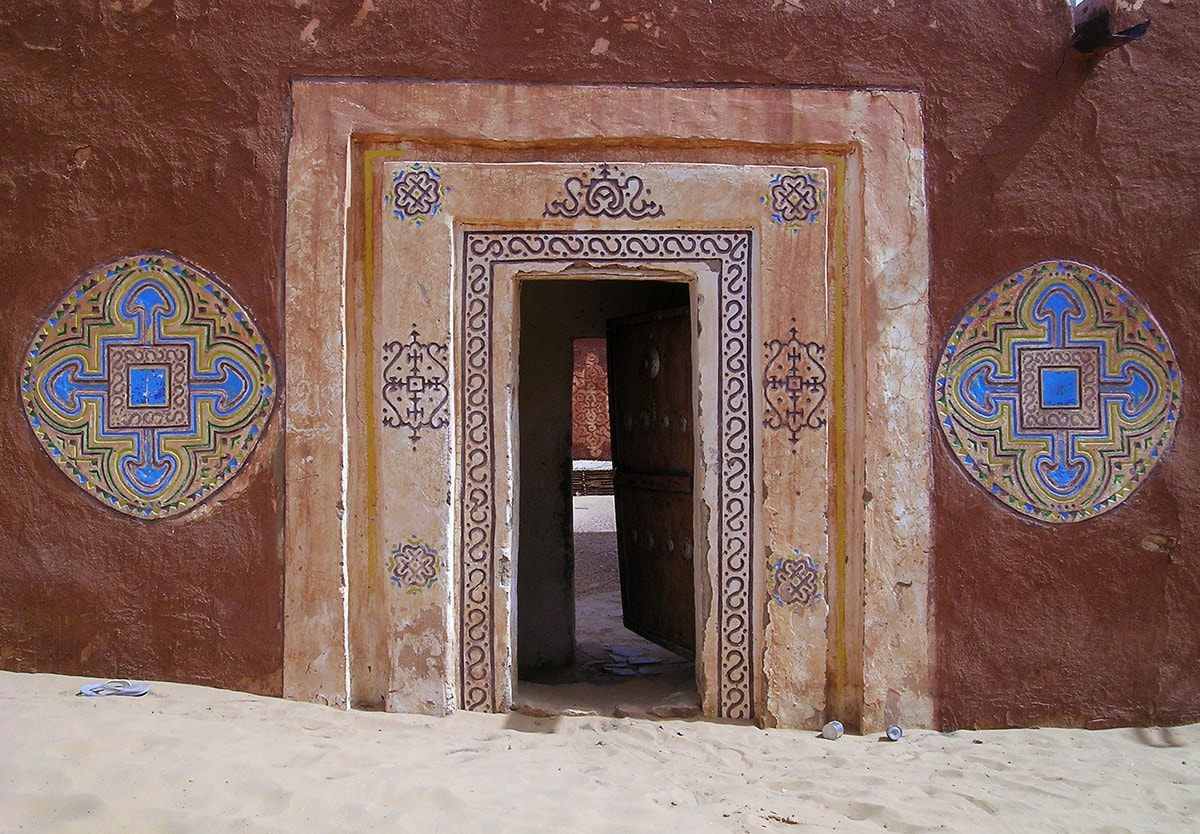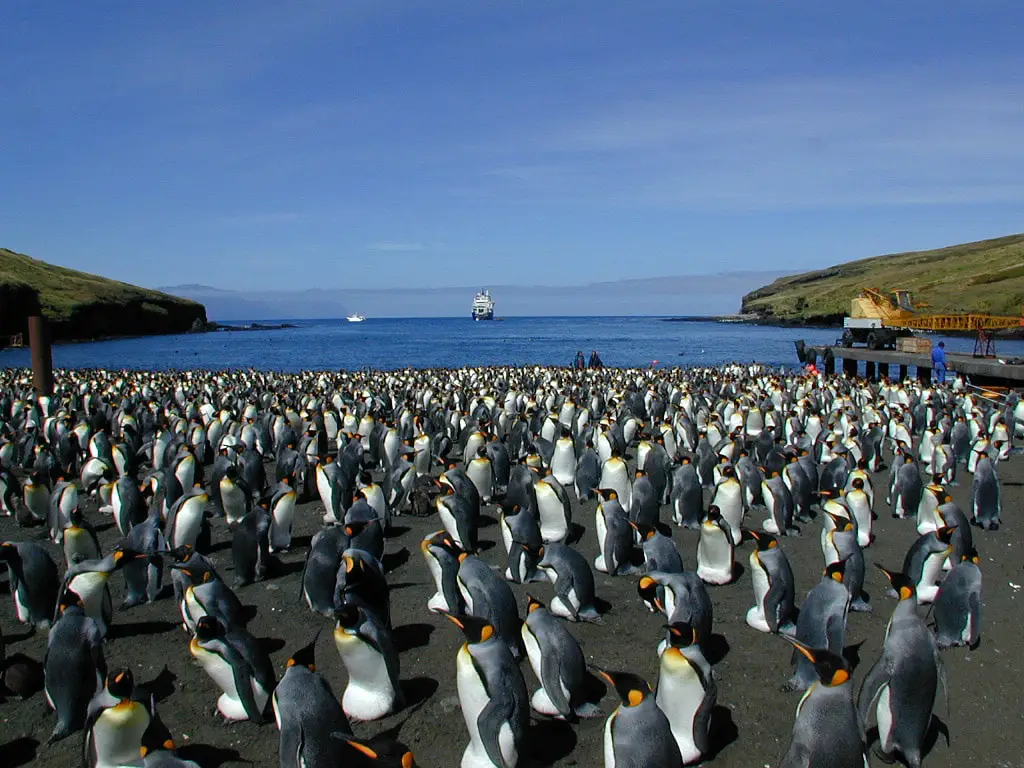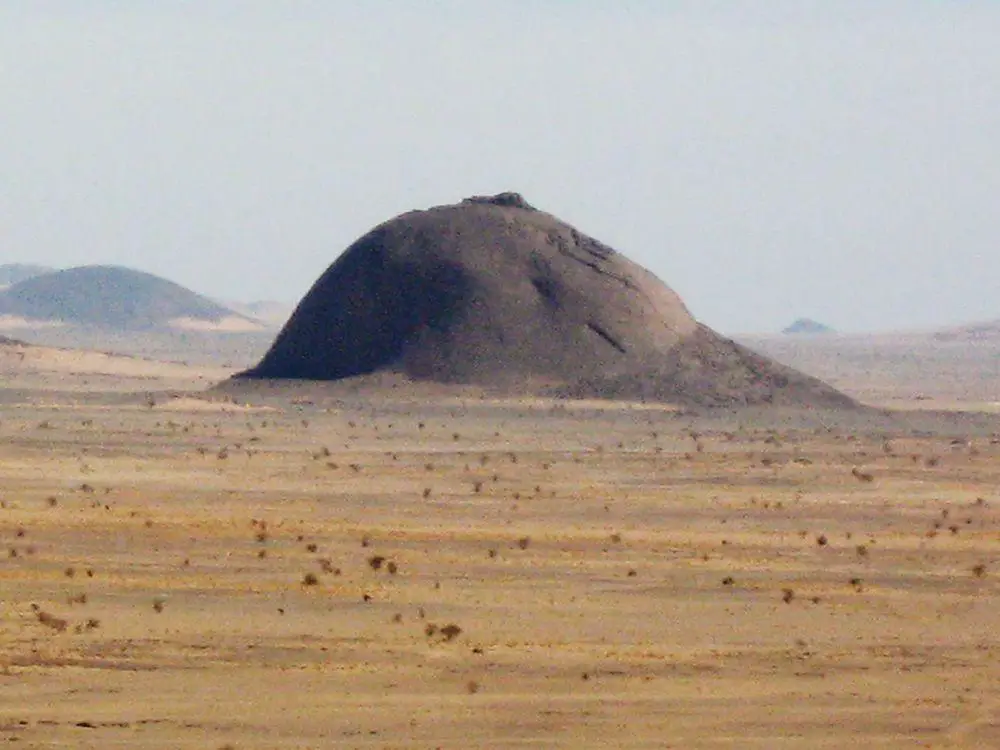World 🢖 Africa 🢖 Western Sahara
Animal colonies 🢔 Ecosystems 🢔 Biological wonders 🢔 Categories of wonders
Wonder
Cabo Blanco seal colony
 In short
In short
The only true colony of monk seals in the world is Cabo Blanco seal colony living in the westernmost point of African continent. Here live some 200 Mediterranean monk seals (Monachus monachus).
 34.3%
34.3%
GPS coordinates
Location, address
Area
Dominating species
Map of the site
If you see this after your page is loaded completely, leafletJS files are missing.
 In detail
In detail
Most endangered seal in the world
Once upon a time Mediterranean monk seal was a common animal – these 2.4 m long, 240 – 400 kg heavy seals were abundant in the Mediterranean sea, Black sea and part of Atlantic Ocean near Gibraltar, around Madeira, Canary Islands, Azores.
Due to hunting, disturbance, and unfavorable changes in the environment their numbers have dramatically decreased. Now only some 450 – 510 animals survive, mostly around Cabo Blanco, but also around Madeira, in the Aegean Sea and some more locations in the Mediterranean.
Largest colony of monk seals in the world
Major part of these animals live in Cabo Blanco – the westernmost land of the African continent. This is the only sizeable colony of monk seals worldwide, with the far smaller one – 30 Desertas colony in Madeira, with some 30 individuals. There is reported also a colony in the Aegean Sea. Only in Cabo Blanco, the number of animals is large enough to maintain a colony character in the socialization of these animals.

In 1997 in two months’ time many seals died – possibly due to poisoning with saxitoxins from shellfish. The number of animals in the colony decreased from 317 to 109. For the most part, adult animals died. The birth rate of the remaining animals increased and now the colony seems to be on increase again. In 2008 there were observed 145 animals, but in 2009 were reported some 200.
Cabo Blanco peninsula
Cabo Blanco is an approximately 60 km long peninsula, divided between Mauritania and Western Sahara. Above the water, this is true Sahara – almost lifeless, windblown plain. The western coast of the peninsula, which is directed towards the Atlantic, for the most part, consists of 10 – 20 m tall cliffs. Harsh storms have formed several deep caves in these cliffs.
Sea near these inhospitable coasts is very productive due to upwelling: governing winds rise cold, nutrient-rich ocean water to the surface and fish can find here much food – plankton. Empty, endless beaches and a sea full of fish is a perfect environment for seals.
Escape to the caves
Most monk seals were breeding in open beaches some centuries ago. Their pups cannot swim for several weeks after the birth – safe beaches and caring adults are needed for them to survive.
Unfortunately monk seals have been hunted and harassed for centuries and now they hide in inaccessible sea caves.
Cabo Blanco has such caves – most seals here live and breed in two such caves. These caves are dangerous for young seals – the ocean here is harsh and storms – frequent. Storm surges often flood the caves and more than half of young seals die in the first two months after birth.
In 2008 there was observed a seal mother with a pup on an open beach of Cabo Blanco – there is a hope that seals may return to this much safer environment.
References
- L.M.Gonzalez, M.A.Cedenilla, P.F. de Larrinoa, J.F.Layna, F.Aparico. Changes in the breeding variables of the Mediterranean Monk seal (Monachus monachus) colony of Cabo Blanco Peninsula after a mass mortality episode. Mammalia, t. 66., No.2., 2002., pp. 173 – 182.
 Linked articles
Linked articles

Wonders of Mauritania
Almost all of Mauritania today is desert – somewhere desolate, somewhere – with some plants, lakes, and animals.
In earlier times nature here was less harsh, and great cultures developed. People from those times have left countless cliff paintings and etchings, megaliths, and abandoned towns.
Nature of Mauritania also provides surprises – giant, smooth, and very dark granite monoliths that rise hundreds of meters above the desert, and even a wealth of life – millions of birds at the ocean, or unusual dwarf crocodiles in the desert plateau of Tagant.

Animal colonies
The sight of the gathering of countless penguins or antelopes is very fascinating and intriguing. There are locations in the world where such gatherings are permanent or regular, and: if there is a location with intriguing sights – this is a landmark!

Wonders of Western Sahara
Barren Western Sahara with its unclear political status is not a tourist hotspot, and also not too rich in natural and man-made heritage.
Like in other countries of the Sahara, the most impressive landmarks there are sites of prehistoric rock art.
 Recommended books
Recommended books
Seals and Sea Lions of the World
Seals and Sea Lions of the World covers a fascinating group of mammals whose habitat is aquatic and whose limbs are fully adapted for swimming rather than for land locomotion. The aquatic environment and the remoteness of their habitats make seals, sea lions, and walruses difficult to study.
The Lunatic Express: Discovering the World . . . via Its Most Dangerous Buses, Boats, Trains, and Planes
Indonesian Ferry Sinks. Peruvian Bus Plunges Off Cliff. African Train Attacked by Mobs. Whenever he picked up the newspaper, Carl Hoffman noticed those short news bulletins, which seemed about as far from the idea of tourism, travel as the pursuit of pleasure, as it was possible to get. So off he went, spending six months circumnavigating the globe on the world’s worst conveyances.


